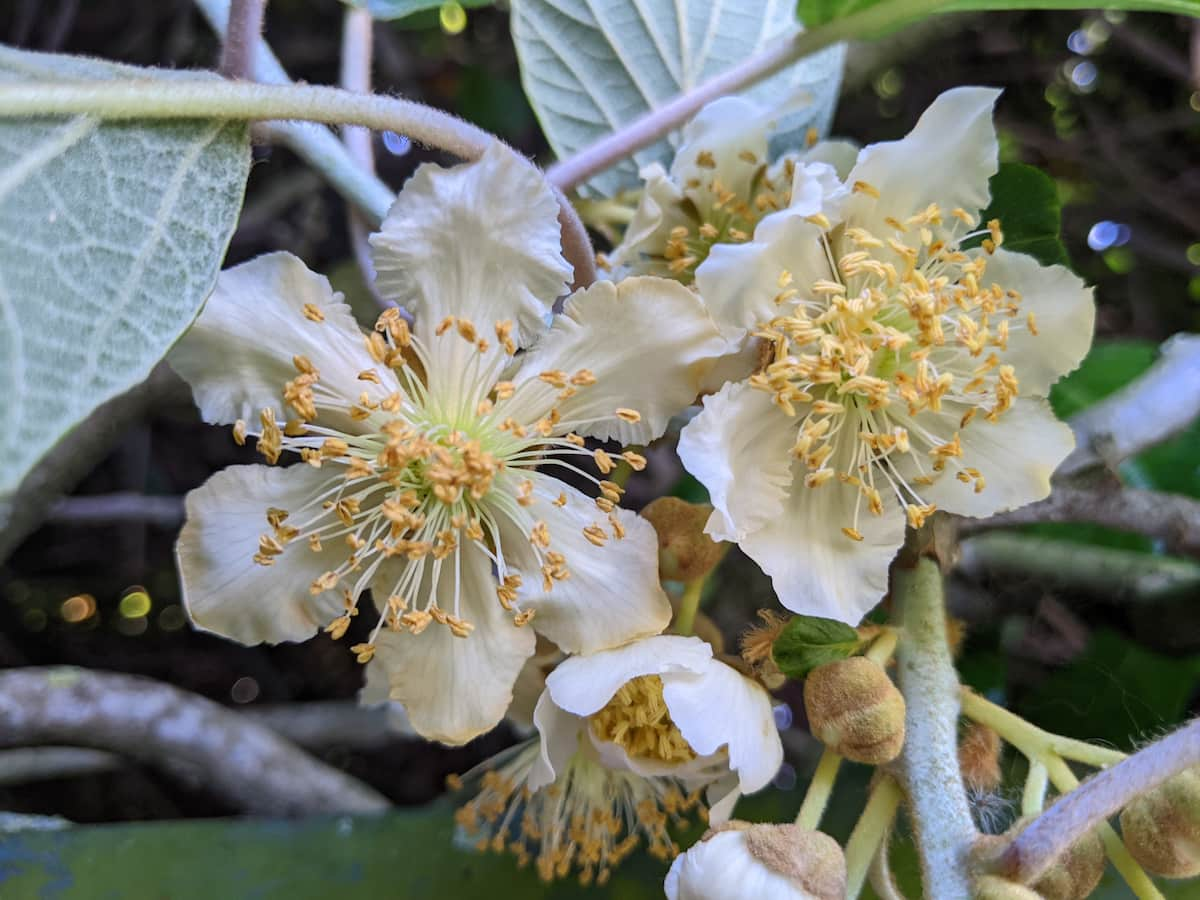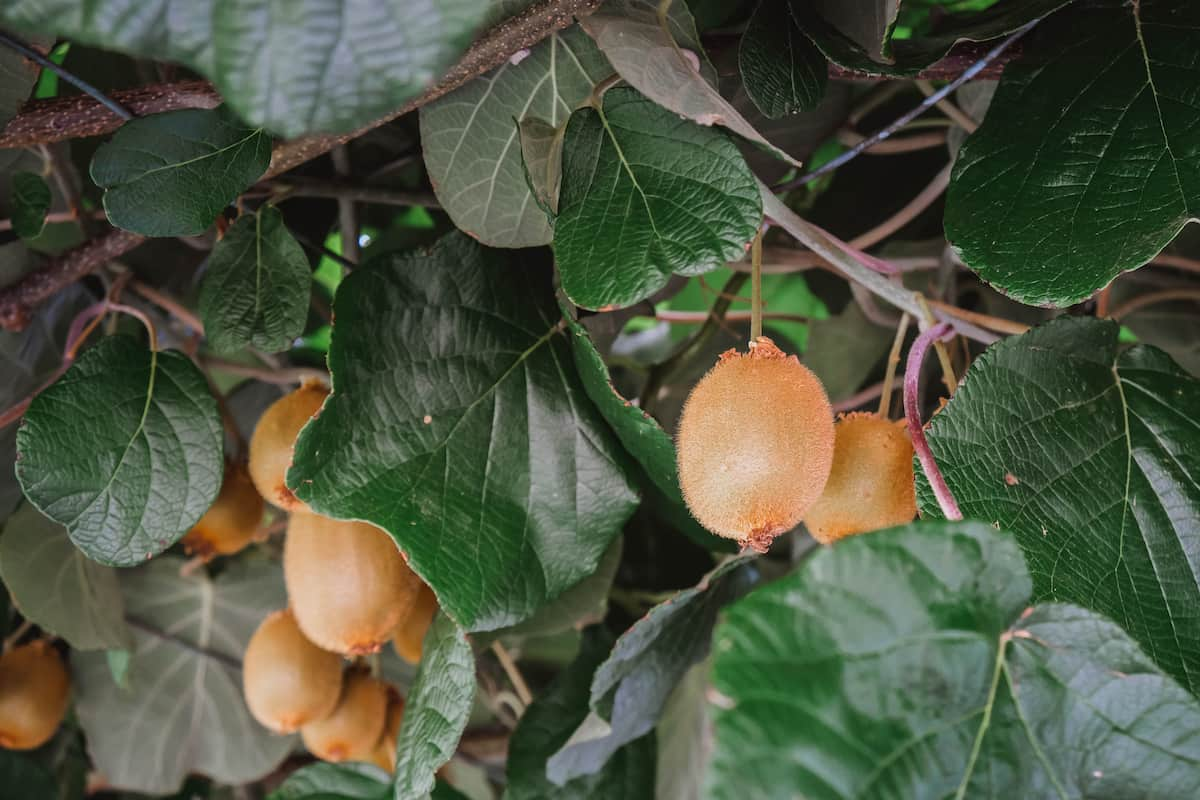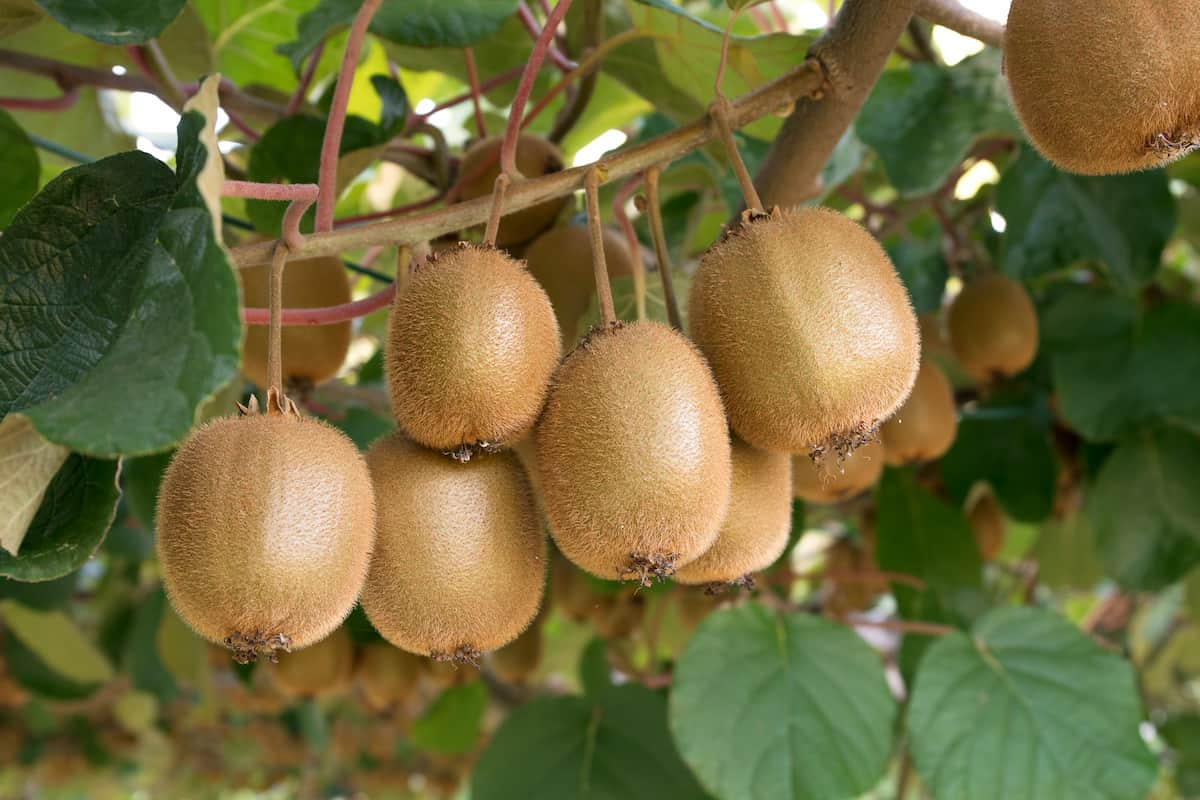Kiwi fruit cultivation is an important aspect of horticulture that involves the production of Kiwi fruits for commercial purposes. Kiwi fruits are widely grown in different parts of the world due to their high nutritional value and market demand. Cultivating Kiwi fruit trees involves planting, pruning, pest and disease management, and harvesting. The success of kiwi fruit cultivation relies on the presence of female flowers as they develop into a fruit.

The proportion of female flowers on kiwi vines can be influenced by various factors such as vine age, pruning, and environmental conditions. Choosing the right cultivar is also essential for optimal fruit production. Implementing appropriate management practices can increase the proportion of female flowers on kiwi vines and improve the profitability of kiwi fruit cultivation.
How to Increase Female Flowers in Kiwi
Introduction to Kiwi cultivation
Kiwi cultivation is an important horticultural practice that involves the production of kiwifruit, also known as Chinese gooseberries, for commercial purposes. Kiwifruit is a highly nutritious and flavorful fruit widely consumed globally, with high demand in various markets. Kiwi cultivation involves planting, pruning, pest and disease management, and harvesting.
The cultivation process can vary depending on the cultivar, with some requiring specific environmental conditions such as high altitude or low temperatures. Kiwi orchards can be established using traditional or modern methods, such as trellising and specific training techniques to maximize yield and fruit quality. Successful kiwi cultivation requires adherence to recommended practices and understanding the environmental and biological factors affecting kiwi plants.
Understand the Anatomy of Kiwi Flowers
Kiwifruit flowers are dioecious and consist of male and female flowers on separate plants. The female flowers contain a single ovary that develops into the fruit, while the male flowers produce numerous stamens that release pollen. Each flower has five petals fused at the base, with the male flowers containing five stamens and the female flowers having a long, curved stigma.
Pollination is crucial for fruit sets and is typically achieved through insects or wind. Proper management of flowering and pollination, including the use of honeybees, is essential for optimal fruit production and yield. Flowering occurs in early spring, and the fruit matures over summer.
Best Variety of Cultivation Kiwi
Wide varieties of kiwifruit are cultivated around the world. Some of the best varieties of Kiwi include Hayward, Bruno, Blake, Abbott, Allison, and Monty. Matua, Bruno A16, Tomuri, and Hayward A16 are popular for growers. Other well-regarded varieties include Chico, Jintao, G3, Soreli, Jingold, Gold3, Gold9, Red9, Green14, and Ginza. Haegeum, Early Chieftain, Saanichton 12, Tsechelidis, and C19 are other varieties that are commonly grown.
Optimal Growing Conditions for Kiwi
- Climate: Kiwi plants require a cool and moist climate to thrive, with moderate to high humidity levels.
- Soil: Kiwi plants prefer well-drained soils rich in organic matter and have a pH range of 5.5 to 6.5.
- Water: Kiwi plants require regular and consistent watering, especially during the growing season, to maintain optimal soil moisture levels.
- Sunlight: Kiwi plants require sun exposure to promote photosynthesis and fruit development.
- Fertilization: Proper fertilization is necessary to provide nutrients for growth and development.
- Pruning: Regular pruning is necessary to control plant size, promote fruit production, and maintain plant health.
- Pest and disease management: Regular monitoring and management of pests and diseases are crucial to prevent crop damage and reduce yield loss.
In case you missed it: How to Increase Female Flowers in Avocado: Explained in 10 Simple Steps

Kiwi Flowering stage
The kiwifruit flowering stage is a crucial part of the plant’s growth cycle, marking the beginning of fruit development. Kiwifruit trees typically flower in early spring, with the timing influenced by temperature and day length. Kiwi flowers are dioecious, with separate male and female flowers. Found on different plants. Successful pollination is critical for fruit set, with pollination occurring through the transfer of pollen by insects or wind. The fruit develops from the female flower, which contains a single ovary. Proper management during the flowering stage, including pest and disease control, can improve the chances of successful pollination and optimal fruit production.
Factors that Affect Less Female Flowers in Kiwi
- Age of the plant: Young kiwi plants may produce fewer female flowers than older, more established plants.
- Pruning: Improper pruning can result in a reduction in the number of female flowers produced.
- Temperature: Extreme temperature fluctuations, particularly during the flowering period, can reduce the number of female flowers.
- Water stress: Drought conditions can result in a reduction in the number of female flowers.
- Nutrient imbalance: A lack of specific nutrients, such as phosphorus or zinc, can affect the number of female flowers produced.
- Pollination: Inadequate or improper pollination can produce fewer female flowers.
- Pest and disease damage: Insect pests or diseases can cause damage to kiwi plants, resulting in reduced female flower production.
10 Simple Tips to Increase Female Flowers in Kiwi
- Choose the right cultivar: Some kiwifruit varieties naturally produce more female flowers.
- Ensure optimal growing conditions: Kiwi plants prefer well-draining soil, adequate water, and full sun exposure.
- Provide adequate nutrition: Use fertilizers with balanced macronutrients and micronutrients.
- Use pruning and training techniques: Pruning and training can help control plant size and increase sunlight exposure, leading to more female flowers.
- Manage pests and diseases: Pests and diseases can reduce the number of female flowers, so proper management is essential.
- Provide sufficient winter chilling: Kiwifruit plants require a specific amount to produce female flowers.
- Promote bee activity: Bees are crucial pollinators for kiwifruit plants, which can increase female flower production.
- Avoid excessive nitrogen fertilization: Excessive nitrogen can promote vegetative growth at the expense of female flowers.
- Ensure proper pollination: Proper pollination is necessary for fruit set and the production of female flowers.
- Implement proper irrigation: Proper irrigation can ensure that plants have sufficient water, essential for female flower production.
In case you missed it: How to Increase Female Flowers in Zucchini: Explained in 10 Simple Steps

Conclusion
Proper care and attention are necessary to achieve maximum fruit production and yield in kiwi cultivation. Implementing the ten simple steps, such as proper fertilization, irrigation, and pest management, can increase the proportion of female flowers and improve profitability. Optimal growing conditions and management practices are critical; with them, kiwi growers can increase the yield and quality of their harvest.
- Feed Your Flock for Less: Top 10 Tips to Save on Chicken Feed
- Ultimate Guide to Ossabaw Island Hog: Breeding, Raising, Diet, and Care
- Hatching Answers: The Top 10 Reasons Your Chickens Aren’t Laying Eggs
- Eggs and Economics: Breaking Down the Cost of Raising Backyard Chickens
- Defend Your Greens: Proven Methods to Keep Iguanas Out of Your Garden
- Ultimate Guide to Cinnamon Queen Chicken: A Comprehensive Guide for Beginners
- Ultimate Guide to California Tan Chicken: Breeding, Raising, Diet, Egg-Production and Care
- Ultimate Guide to Marsh Daisy Chicken: Breeding, Raising, Diet, and Care
- 10 Types of Chicken Farming Businesses You Can Start for Profits